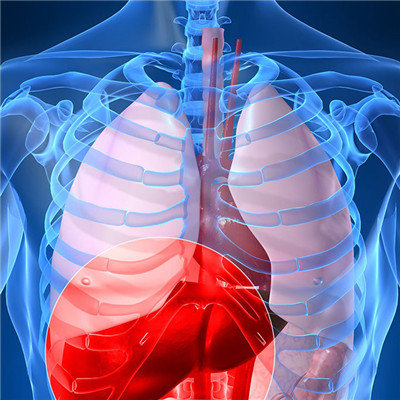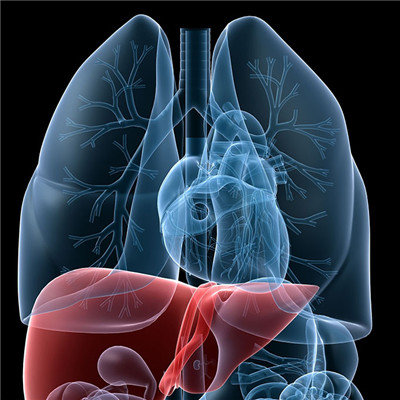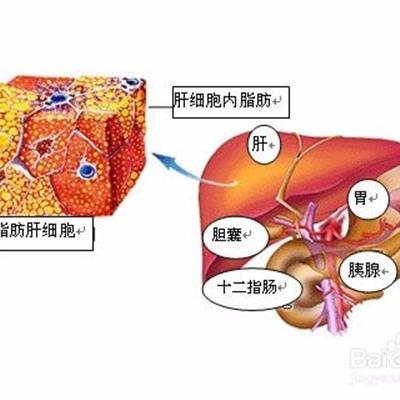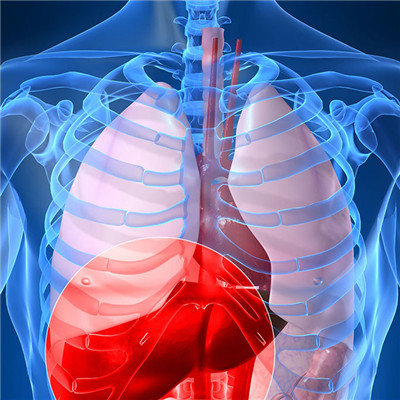How to check metastatic liver cancer?
summary
Metastatic liver cancer refers to the metastasis of cancer from various organs of the body to the liver. The incidence rate of primary liver cancer and metastatic liver cancer in China is close. It is difficult to distinguish secondary liver cancer from primary liver cancer. When the primary tumor is relatively hidden, the early diagnosis of subclinical secondary liver cancer is more difficult. Most of them were found in preoperative examination, postoperative follow-up or exploratory laparotomy. So how to check metastatic liver cancer? Follow me to learn.
How to check metastatic liver cancer?
How to diagnose the liver function of metastatic liver cancer; Secondary liver cancer in subclinical stage usually has no enzymological abnormality. The patients with clinical manifestations usually have elevated ALP and GGT, but it is not helpful for the direct diagnosis of liver metastases. Even if the liver has obvious swelling, the liver function can be normal or slightly abnormal; The patients with severe disease may have serum bilirubin, alkaline phosphatase (AKP), lactate dehydrogenase (LDH) and insulin resistance γ- The levels of glutamyl transpeptidase, AKP and so on are increased, and AKP is often significantly increased, which is of great significance in the diagnosis of liver metastatic carcinoma.

Detection of tumor markers for the diagnosis of metastatic liver cancer; Serum alpha fetoprotein (AFP): more than 90% of patients with liver metastases were AFP negative, but a small number of tumors from the digestive tract, pancreas and gonads were AFP positive after liver metastases. Serum carcinoembryonic antigen (CEA): the increase of CEA is helpful to the diagnosis of liver metastasis. The positive rate of CEA in colorectal cancer with liver metastasis is as high as 60% - 70%. The serum CEA level of patients with primary gastrointestinal, breast and lung cancer metastasized to the liver increased significantly. CA19-9: is often elevated when pancreatic cancer metastases to the liver.

How to diagnose metastatic liver cancer; There are B ultrasound, CT, magnetic resonance imaging (MRI) and so on. These examinations are basically non-invasive, and can be repeated according to the need. It is not easy to exclude the disease if only one or one examination is not found positive. Most of the ultrasound images showed enhanced echo; The CT findings were mixed unevenly, isodense or hypodense, and the typical "bull's eye" sign was not accompanied by cirrhosis; MRI examination of liver metastases often showed uniform signal intensity, clear edge, multiple, a few "target" sign or "bright ring" sign. B-ultrasound and CT examination can show multiple scattered or single solid masses in the liver, both of which can find cancer with a diameter of more than 1-2cm.

matters needing attention
Proper diet requires that you should avoid more oil and meat at dinner, and eat less peanuts or high protein hot pot food. Liver disease patients with long-term satiety and habitual constipation are more likely to induce cirrhosis. Because after the excess food turns into feces, the retention time in the intestines is prolonged, and the harmful substances are produced more and accumulated without timely excretion, which can be reabsorbed by the large intestine. The absorption of long-term toxic substances exceeds the detoxification capacity of the liver and accelerates the process of liver cirrhosis.














